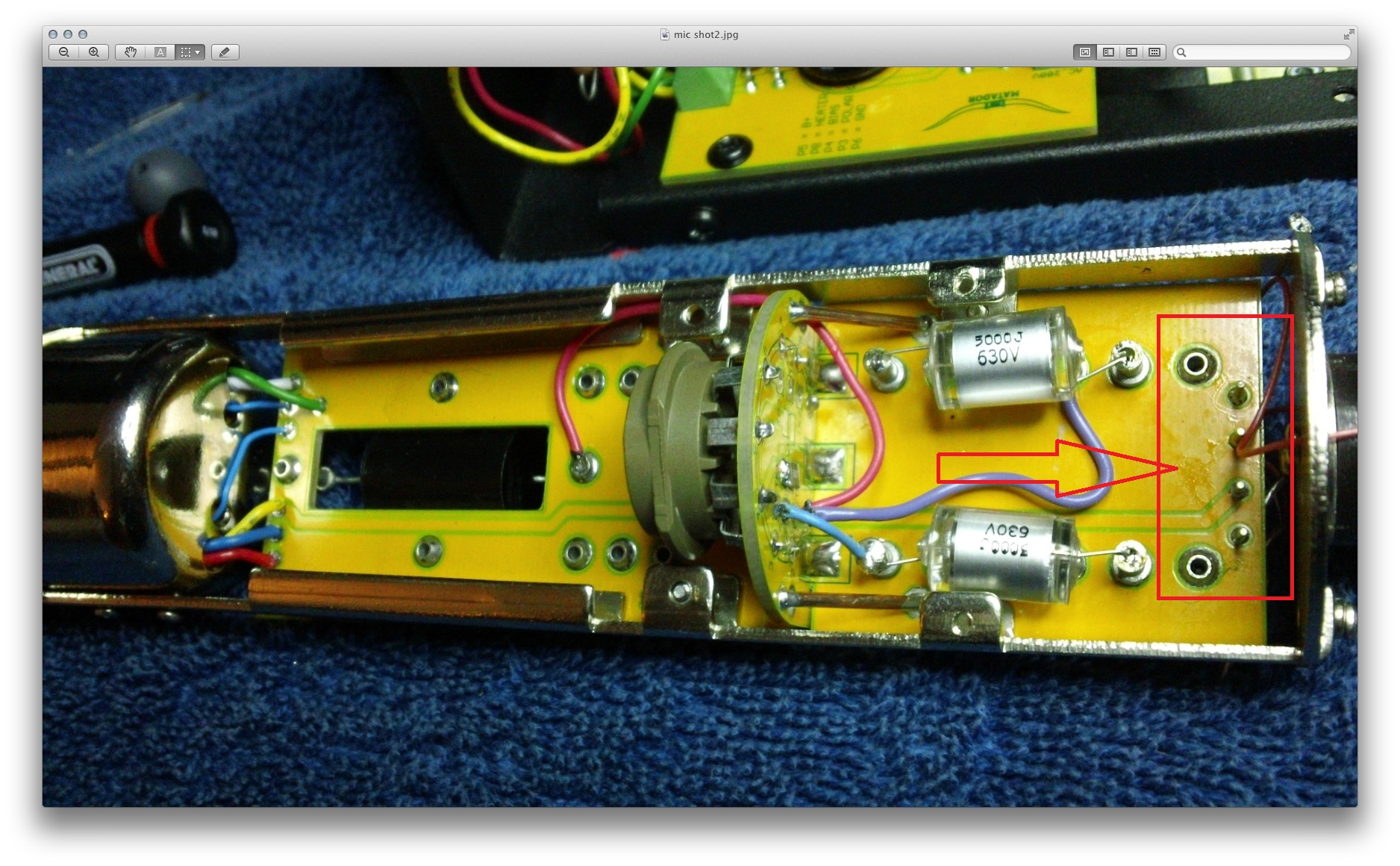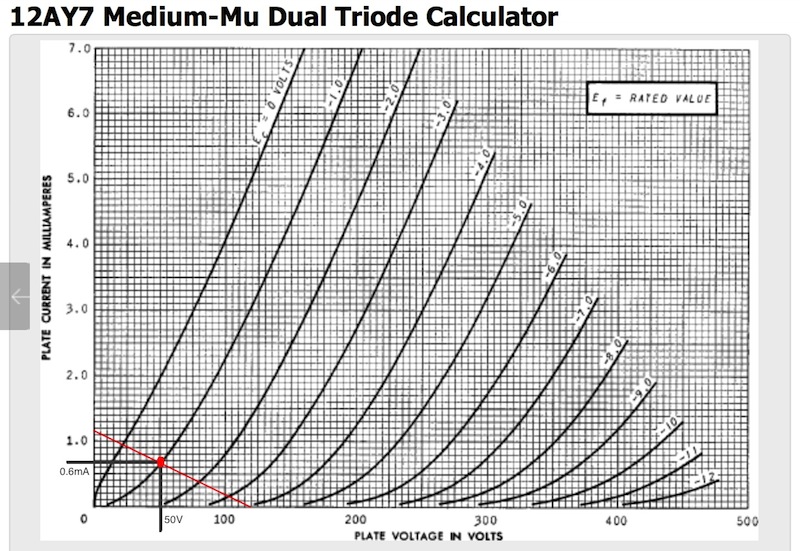Matador
Well-known member
If your plate voltage is that high (and I'll assume that the B+ isn't trimmed back to 130V, since you have 148V on the plate), then there isn't any plate current flowing. This explains why you cannot trim the B+ low enough. Since this supply is not regulated (nor is the original) it requires a plate current to flow before it can be trimmed.
First off, the grid voltage doesn't look correct. Did you remove the short between the bias voltage wire and ground in the stock XLR wire mount inside the mike? Just like in the PSU, Alctron has a wire whisker bridge from the ground wire over to the pin we use for the P4 right on the XLR jack in the bottom of the microphone itself. I highly recommend that anyone contemplating building this mike remove all of the stock wiring from the XLR jacks in both the PSU and the mike: the soldering was suspect from the factory IMHO, and it's better if you put a new wire there yourself with a fresh piece of heat shrink tubing for each (mainly to make sure there are no shorts anywhere) just like Chunger did in the build pics.
Even if the bias is shorted in the mike: it doesn't explain the lack of plate current: even if the grid is grounded, we should be flowing plate->cathode current: nearly 1mA if the tube datasheet is to be trusted. Are you sure that the heater is activated? From your picture, it looks like you are using the "first" side of the tube (connected to TP1, TK1, and TG1). What is pin4 sitting at (referenced from pin9)? Is the tube glowing on the inside (may need to be in a dark room to see it)?
The only other explanation is that we have a ground reference problem. With the mike powered down, set your meter to "low resistance" measuring mode (unless your DVM is auto-ranging), and plug the negative side of your DVM to the ground node in the PSU (labeled P6), or your green wire in the bottom picture. Connect the 7-pin cable, and put the other side of your DVM on the P6 node in the mike (right above XP2). You should be reading less than an ohm between these two points. Then move the DVM over to pin9 on the tube socket, and you again should be reading less than 1 ohm.
First off, the grid voltage doesn't look correct. Did you remove the short between the bias voltage wire and ground in the stock XLR wire mount inside the mike? Just like in the PSU, Alctron has a wire whisker bridge from the ground wire over to the pin we use for the P4 right on the XLR jack in the bottom of the microphone itself. I highly recommend that anyone contemplating building this mike remove all of the stock wiring from the XLR jacks in both the PSU and the mike: the soldering was suspect from the factory IMHO, and it's better if you put a new wire there yourself with a fresh piece of heat shrink tubing for each (mainly to make sure there are no shorts anywhere) just like Chunger did in the build pics.
Even if the bias is shorted in the mike: it doesn't explain the lack of plate current: even if the grid is grounded, we should be flowing plate->cathode current: nearly 1mA if the tube datasheet is to be trusted. Are you sure that the heater is activated? From your picture, it looks like you are using the "first" side of the tube (connected to TP1, TK1, and TG1). What is pin4 sitting at (referenced from pin9)? Is the tube glowing on the inside (may need to be in a dark room to see it)?
The only other explanation is that we have a ground reference problem. With the mike powered down, set your meter to "low resistance" measuring mode (unless your DVM is auto-ranging), and plug the negative side of your DVM to the ground node in the PSU (labeled P6), or your green wire in the bottom picture. Connect the 7-pin cable, and put the other side of your DVM on the P6 node in the mike (right above XP2). You should be reading less than an ohm between these two points. Then move the DVM over to pin9 on the tube socket, and you again should be reading less than 1 ohm.



































